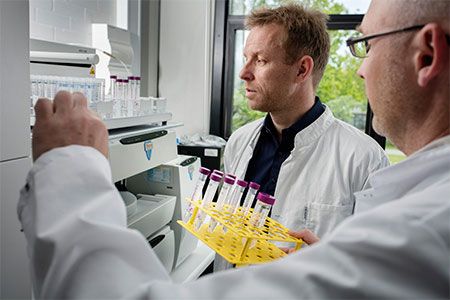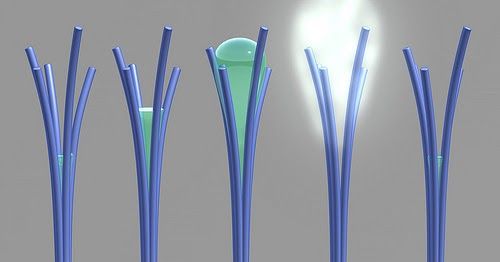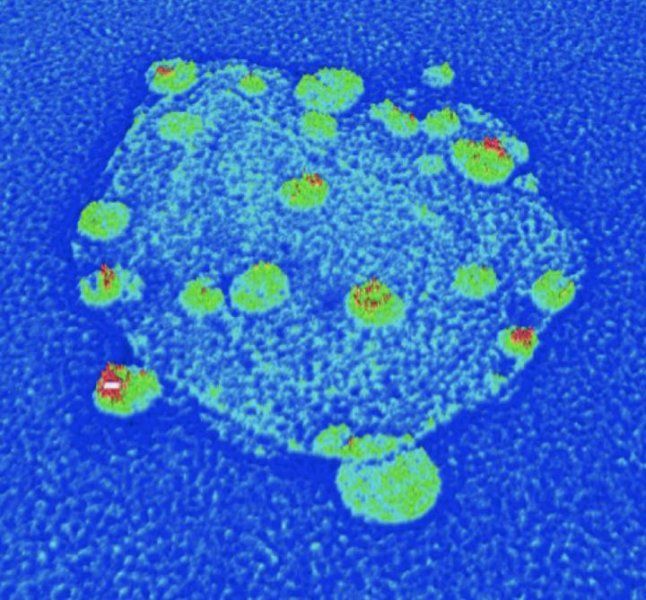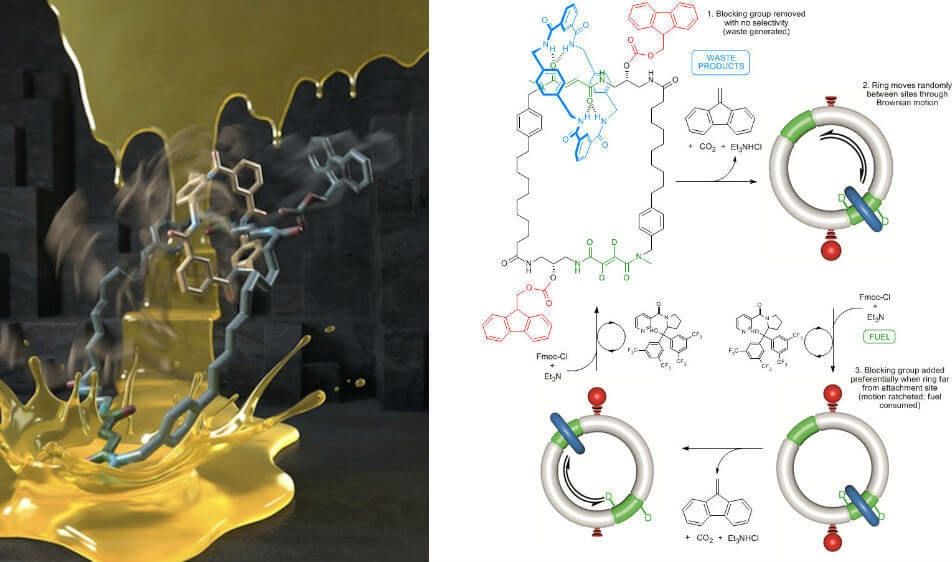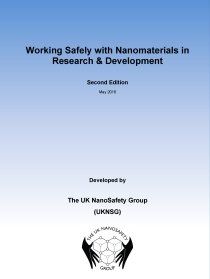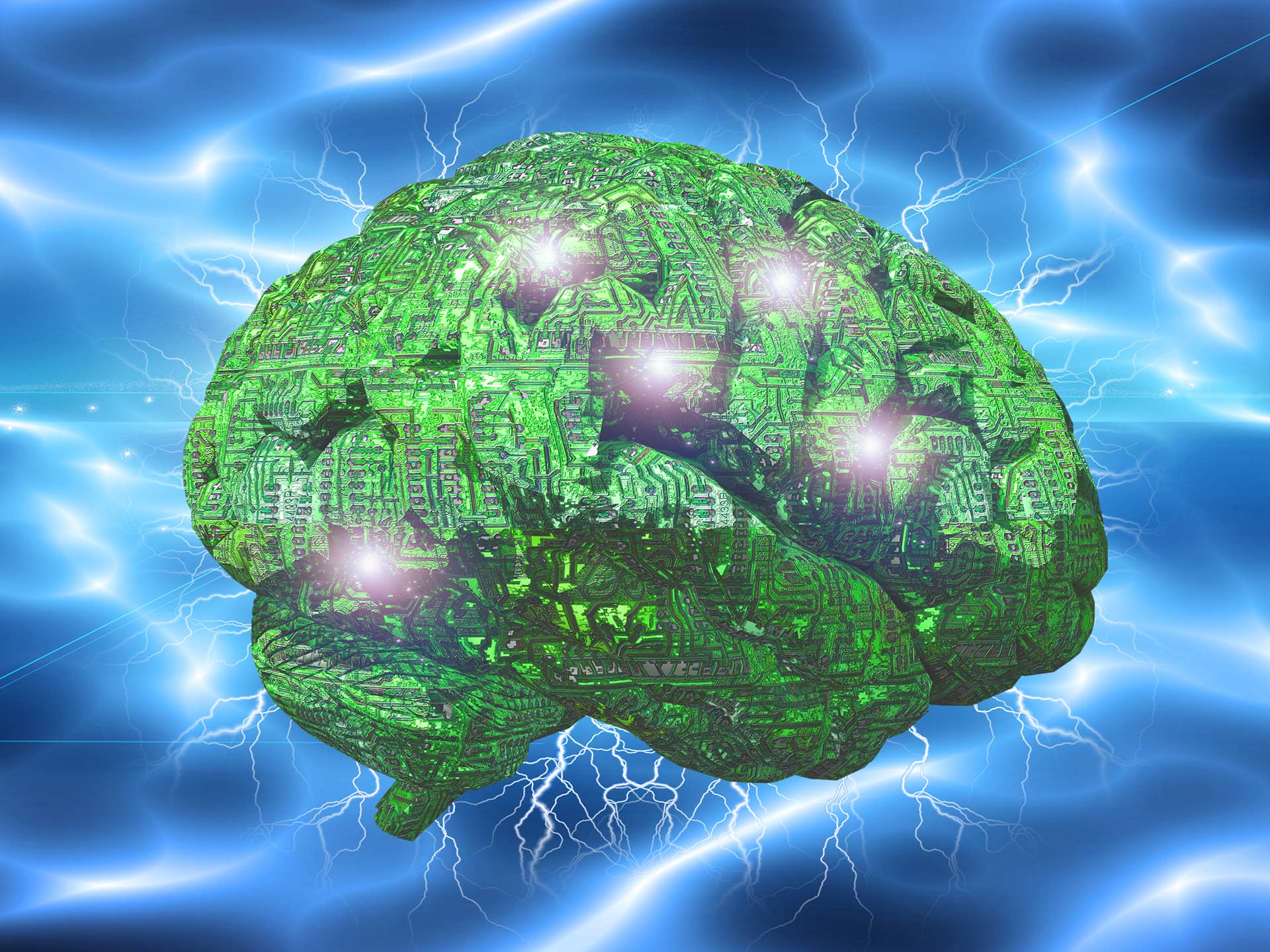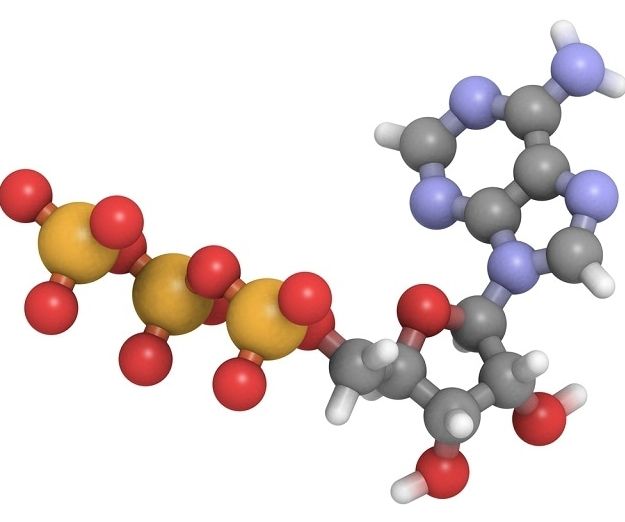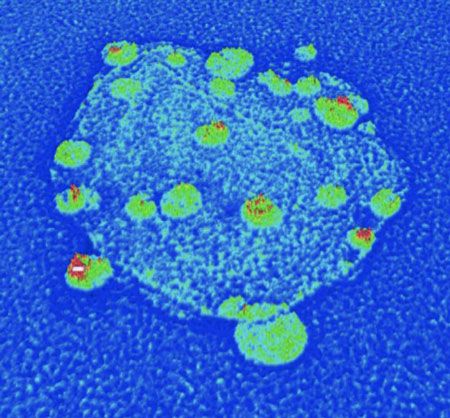When cancer hits, your immune system shuts down. Over the past 5–10 years, research into cancer has therefore increasingly focused on helping the immune system start up again. Because if we succeed in that, there is much to indicate that this approach will prove significantly more effective than the aggressive, all encompassing chemotherapy treatments we currently use.
One of the initiatives in this area is the work of Professor Thomas Andresen from DTU Nanotech. He has recently been awarded a grant from Innovation Fund Denmark for a project in which biological nano-drones are used to train the immune system to recognize cancer cells; and kill them.
This is something it cannot do on its own, because cancer cells are adept at concealing themselves. It is true that when chemotherapy or radiotherapy is used to kill cancer cells today, the immune system steps in afterwards to clear away the dead cells, but it doesn’t learn anything from the process. This is what Thomas Andresen is looking to change.
“The strategy is for us to start by using radiation therapy to kill a small number of cancer cells. While the immune system is working to clear up after the attack, we send in our drones, which emit substances that place the immune system in ‘emergency response mode’. It then orders the body’s T-cells to attack the cancer cells. And because cancer cells are slightly different to other cells in the body, we can make them react to specific proteins on the surface of these cells, so only the hazardous cells are targeted,” explains Thomas Andersen.
